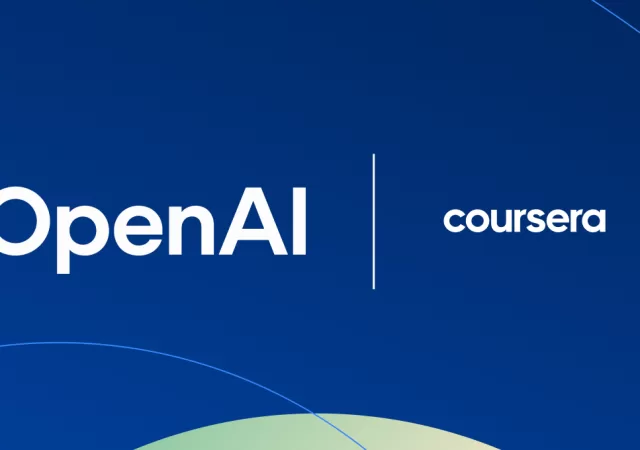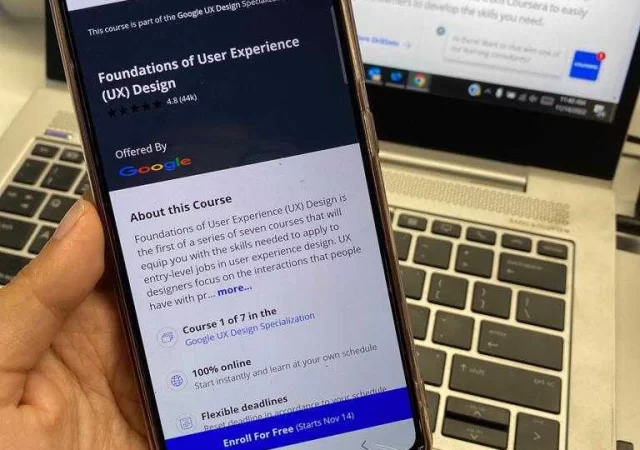Find out how Coursera is bridging the gap in online education with ChatGPT, making high-quality learning accessible to all.
Coursera Empowers Malaysians to Upskill with Localised Pricing & AI-Focused Course Tracks
Coursera is looking to make upskilling more accessible in Malaysia with local pricing and increasing specialised course tracks in line with Malaysia’s digital ambitions.
Upskill for the AI Era with Coursera’s Gen AI Academy
Coursera launches Gen AI Academy in Malaysia to help empower the workforce to drive the digital economy.
Advancing Gender Equality with Online Learning: 5 Ways it’s Making a Difference
Online learning has become a key driver of levelling the playing field for women who continue to strive for excellence in work and life.
Making Upskilling a MOOC Point with Stackable Continuous Learning
Upskilling and education are being rethought and reinvented with new approaches from companies like Coursera who are rapidly addressing the skills gap.
Coursera Empowering Online Learning With New Campus Offerings
Coursera brings online learning offerings to more learning institutions with unique offerings that empower online learning.








